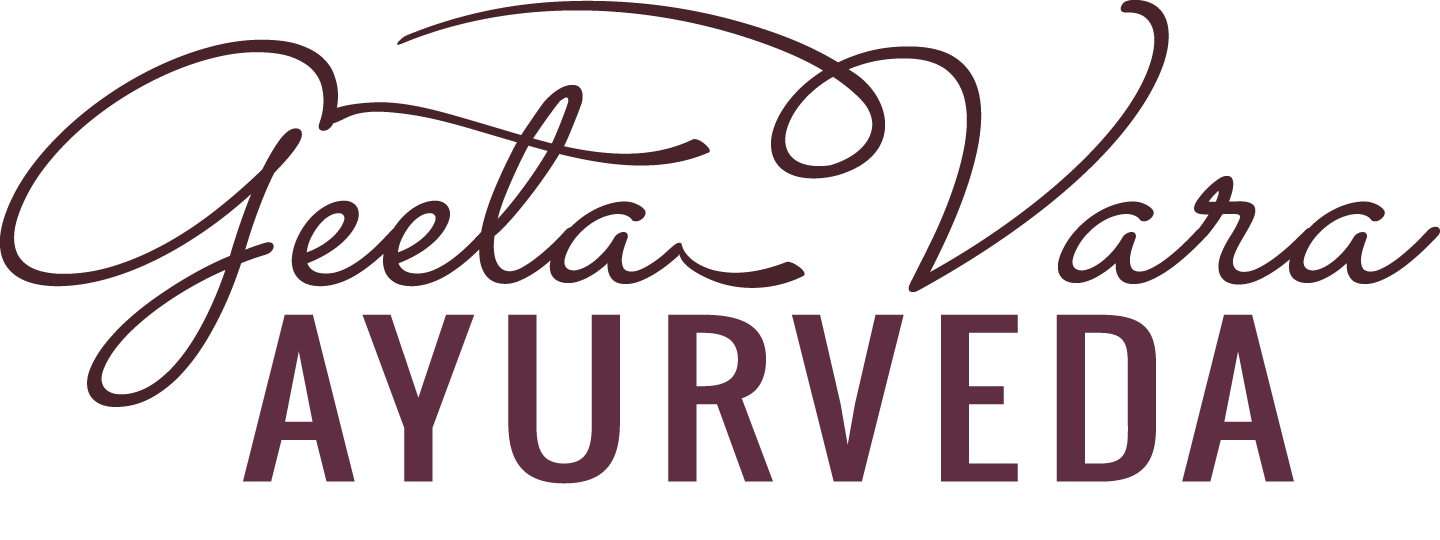Vegan, Gluten-free Handvo (Savoury Gujarati Teacake)
/This vegan, gluten-free Handvo recipe made with samo (barnyard millet), sabudana (sago), and seasonal veggies is a perfect dish for fasting days. Packed with energy, light on digestion, and full of flavor, it balances vata and pitta while supporting agni (digestive fire). Ideal for fasting during occasions like Ekadashi or Sharad Purnima, this dish provides sustained energy and nourishment without compromising on health. Try this wholesome Ayurvedic recipe for a delicious, healthy, and sattvic meal during your fast.
Read More





